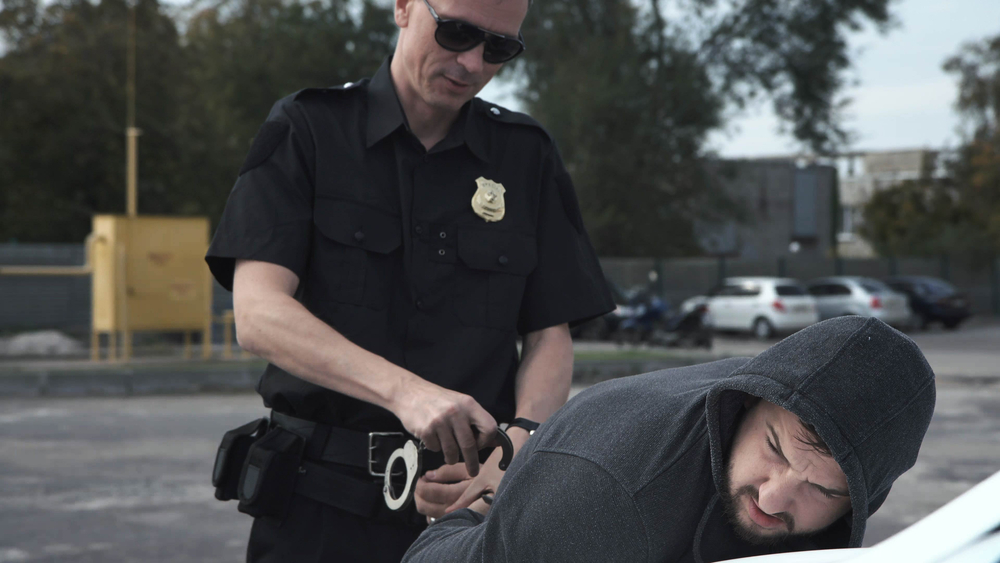![]() I began my research program on gun violence prevention in the early 1970s, when my children were just starting school. Now I am the proud grandfather of two preschoolers, with renewed worries. In the United States, gun violence poses an outsized threat to children and youths. That threat is made vivid to students who are subjected to active shooter drills on a regular basis, just as my generation drilled for nuclear attack. In some communities children are traumatized by the sounds of gunfire in the streets; their older siblings and parents are all too often the targets.
I began my research program on gun violence prevention in the early 1970s, when my children were just starting school. Now I am the proud grandfather of two preschoolers, with renewed worries. In the United States, gun violence poses an outsized threat to children and youths. That threat is made vivid to students who are subjected to active shooter drills on a regular basis, just as my generation drilled for nuclear attack. In some communities children are traumatized by the sounds of gunfire in the streets; their older siblings and parents are all too often the targets.
Much of my research, like that of others who initiated this field of study, has been concerned with the prospects for mitigating criminal violence by regulating the design, marketing and use of deadly weapons. In the 1980s we were joined in this effort by researchers from the public health field, a welcome expansion of resources and scope.

Phil Cook
But recently I have parted ways with some of my colleagues in the public health field over differing perspectives on law enforcement. In my view, effective law enforcement is a vital part of the mix in gun violence prevention, and developing and evaluating police investigation methods should be a central aspect of the research agenda for gun violence prevention.
The public health approach to gun violence prevention has been widely touted as providing fresh ideas and real promise of ultimate success. Government officials, scholars and other commentators associated with medicine and public health advocate for more research funding, stronger regulation on guns and measures to promote a fairer and more just society.
These ideas are clearly important but not in any sense new or distinctive. What distinguishes the public health approach as usually articulated is its tendency to ignore, downplay or outright reject the role of police and criminal justice in gun violence prevention. And in that respect, I believe it has the potential to do real damage to our shared cause.
Police can hobble cycle of violence
For more information on Youth Gun Violence Prevention, go to JJIE Resource Hub | Youth Gun Violence Prevention
Most gun violence is criminal, as opposed to accidental, self-inflicted or legally justified. For the U.S. population as a whole, 70 percent of gunshot victims suffered their wounds as a result of a criminal attack, and for children and youths the percentage is still higher, at about 80 percent. Whether a horrendous rampage shooting in a school or the far more common violence of the streets, the police are tasked with investigating the crime, identifying and arresting the perpetrators and gathering evidence against them that will stand up in court.
The police response is not just a clean-up operation. To the extent that their investigation is successful and shooters are arrested and convicted, the rate of subsequent shootings is arguably reduced. The well-established causal mechanisms by which law enforcement prevents crime are incapacitation and deterrence. But there is also a reasonable expectation that if the police do their job well, the victim and his associates will be less inclined to seek revenge and continue the cycle of violence. The point is that while the police investigation follows the crime, its success also prevents subsequent crimes. The police are in the prevention business.
This claim is often discounted or contradicted by those who espouse the public health perspective. While there is strong evidence in support for both deterrence and incapacitation when it comes to gun violence, the evidence may be trumped by a distaste for punishing the perpetrators, who in many cases are, like their victims, low-income minority youths living in distressed neighborhoods.
But if the police fail to do their part in controlling gun violence, it is hard to see how we can hope to achieve the overriding objective of making those neighborhoods safer, a precondition for the families living there to thrive. Unfortunately, a number of our major cities are in effect running this “experiment” by arresting fewer than 20 percent of the shooters. Regardless of what other services these cities may be able to offer or what gun regulations may be in place, that strikes me as a recipe for failure.
If we do embrace the goal of increasing arrest and conviction rates for criminal shooters, then what? First is that police investigation should be recognized as an important topic for research on gun violence prevention. In fact, research and policy agendas put forward by public health groups and medical associations have routinely ignored the police and criminal justice system.
In the pursuit of evidence-based gun violence prevention, it only makes sense that the research incorporate the front-line capacity for preventing violence and determine how to make it more effective. There are a variety of options, from increasing the priority that police departments give to investigations of gun assaults, providing training to investigators, investing in programs to improve victim and witness cooperation, making better use of available technology and much else. An overriding concern is to improve police-community relations, since investigations are greatly handicapped if the relevant community views the police as uninterested or hostile.
The ultimate goal is to pre-empt the epidemic of gun violence in some distressed neighborhoods. Gun regulation can help if well designed (and enforced!). But we also need to preserve and enhance a credible response by the authorities to criminal violence.
Philip J. Cook is Terry Sanford Professor emeritus of public policy, economics and sociology at Duke University, and an honorary member of the National Academy of Medicine. His most recent book (with Kristin A. Goss) is “The Gun Debate: What Everyone Needs to Know.”
